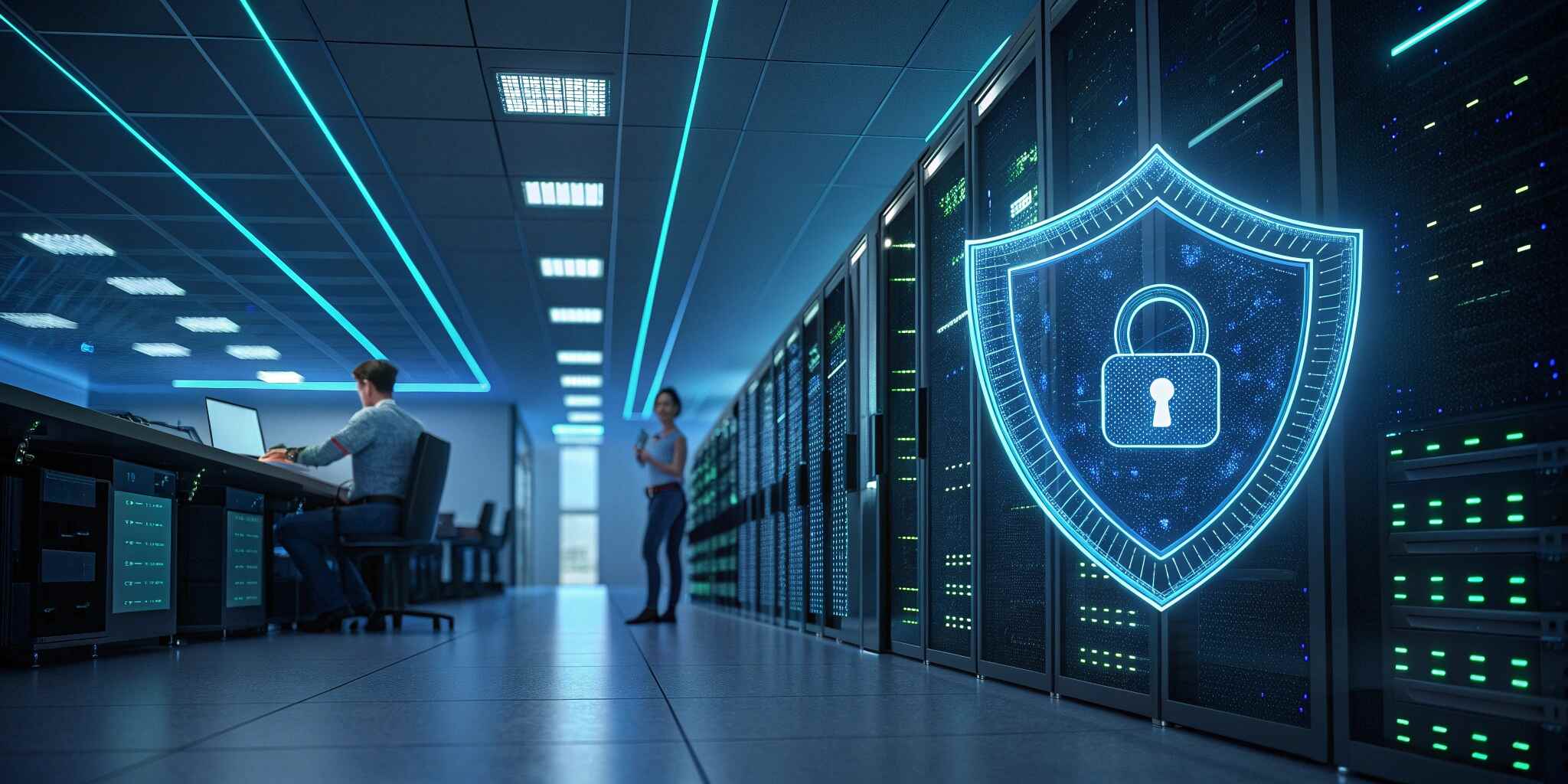In an era where data drives every business decision, IT compliance has evolved from being a regulatory checkbox to a strategic necessity. With the rapid digital transformation of industries and the increasing sophistication of cyber threats, ensuring compliance is now at the heart of maintaining trust, integrity, and resilience in the digital ecosystem.
Understanding IT Compliance
IT compliance refers to the process of adhering to laws, regulations, and standards that govern the management and security of digital information. These regulations are designed to protect sensitive data from misuse, breaches, and unauthorized access. Examples include the General Data Protection Regulation (GDPR) in Europe, ISO 27001 for information security, and various sector-specific mandates such as HIPAA for healthcare or PCI DSS for financial services.
Compliance ensures that an organization operates ethically and legally while safeguarding its assets from digital vulnerabilities. It also builds credibility with customers, investors, and partners who trust that their data is being handled responsibly.
Why IT Compliance Matters More Than Ever
- Rising Cybersecurity Threats
- Cyberattacks have become more advanced and frequent, targeting organizations of all sizes. From ransomware to data theft, the impact of security breaches can be devastating. IT compliance frameworks mandate robust security controls, regular audits, and continuous monitoring, helping organizations reduce vulnerabilities before they’re exploited.
- Stringent Data Privacy Laws
- Governments worldwide are enacting strict data privacy regulations. Non-compliance with frameworks like GDPR or India’s DPDP Act can lead to significant financial penalties and reputational damage. Compliance ensures that companies not only avoid fines but also demonstrate a commitment to ethical data management.
- Customer Trust and Brand Reputation
- In the digital age, trust is a competitive advantage. Businesses that are transparent about data use and compliant with security standards are more likely to retain customer loyalty. A single data breach can erode years of trust, making compliance an essential part of brand integrity.
- Operational Efficiency and Risk Management
- Implementing compliance frameworks streamlines internal processes. It enforces documentation, accountability, and structured risk assessments. By standardizing these procedures, businesses can identify weak points early and maintain operational continuity even during disruptions.
- Globalization and Data Mobility
- With cloud computing and remote work becoming the norm, data often crosses geographical boundaries. IT compliance helps organizations manage data transfers securely across regions, ensuring alignment with international regulations and reducing the risk of cross-border data violations.
Key Components of IT Compliance
- Policy Development – Establishing clear IT policies covering data access, usage, storage, and protection.
- Risk Assessment – Continuously identifying, evaluating, and mitigating IT risks.
- Monitoring and Auditing – Conducting regular compliance audits to verify adherence to standards.
- Employee Training – Ensuring staff understand data protection policies and their role in maintaining compliance.
- Incident Response Planning – Preparing structured action plans for data breaches or cyber incidents.
Best Practices for Achieving IT Compliance
- Adopt a Compliance Framework – Implement internationally recognized standards such as ISO 27001, NIST, or COBIT.
- Automate Compliance Processes – Use compliance management tools to monitor, log, and report IT activities in real-time.
- Regularly Update Security Policies – As technologies evolve, compliance requirements change; ensure policies remain current.
- Collaborate with Legal and IT Teams – Compliance isn’t just a tech issue—it’s a business-wide responsibility.
- Conduct Third-Party Audits – Independent audits help identify gaps and maintain accountability.
The Future of IT Compliance
As businesses integrate artificial intelligence, IoT, and cloud platforms, compliance will become even more dynamic. Organizations must stay agile, continuously adapting to new regulations and technologies. The future of IT compliance lies in proactive governance—where compliance is not reactive but an integral part of the innovation process.
Conclusion
In 2025 and beyond, IT compliance is more than a requirement—it’s a commitment to data integrity, security, and accountability. By embedding compliance into every layer of their operations, organizations can not only mitigate risks but also build trust, maintain competitiveness, and ensure sustainable growth in a digital-first world.


